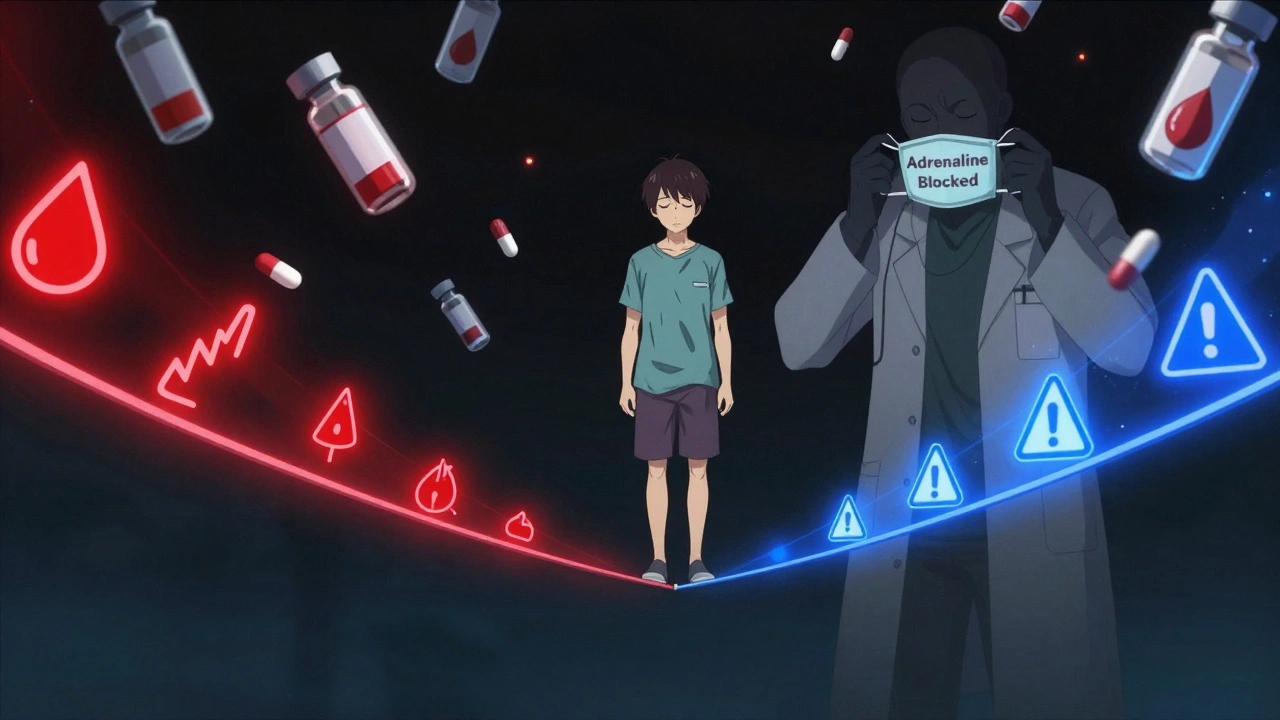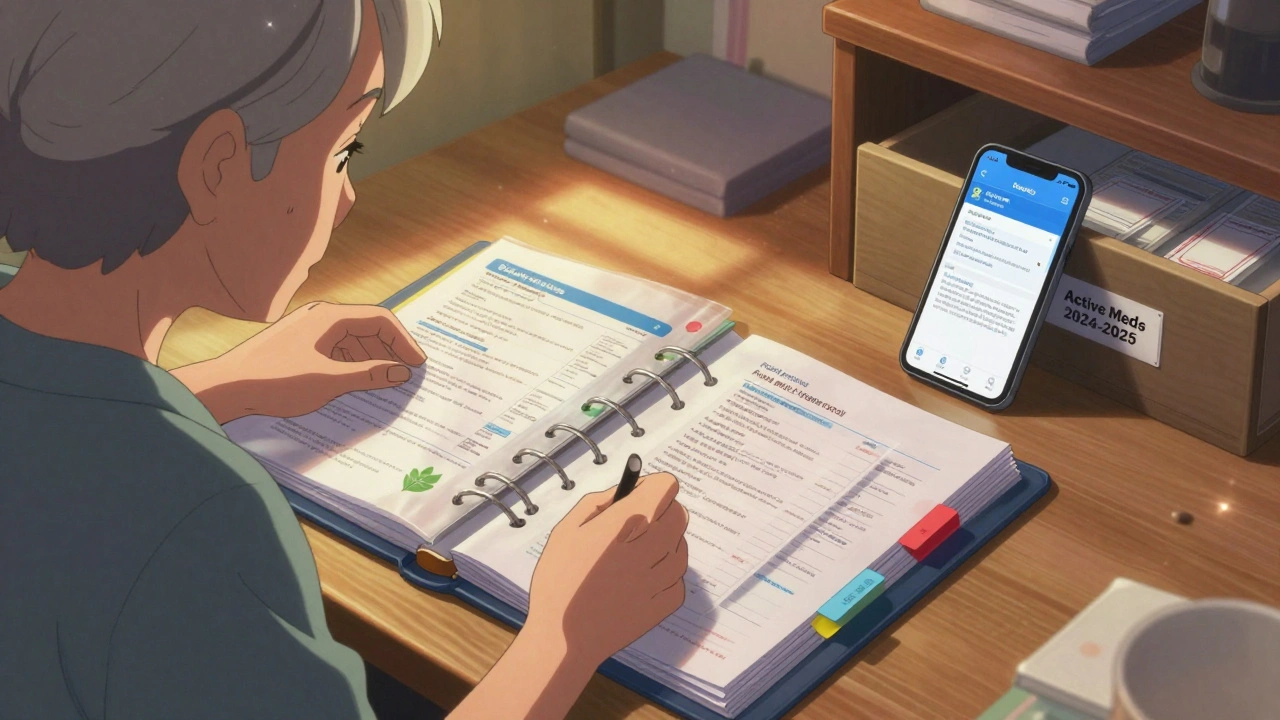Potassium: What It Does, How Much You Need, and How to Manage Levels
Potassium is a mineral your muscles, nerves, and heart rely on. It helps cells work, keeps your heartbeat steady, and balances fluids. Most people get potassium from food, not pills. But levels can swing too low or too high, and both are risky. Knowing simple signs and food fixes helps you stay on track.
How much and where to get it
Health groups recommend about 4,700 mg of potassium a day for adults. You can hit that with foods: bananas, potatoes with skin, spinach, beans, lentils, yogurt, oranges, and avocados are top picks. Salt substitutes often use potassium chloride — read labels if you watch potassium intake. Boiling vegetables can lower potassium content if you need to reduce it; draining the water helps.
When to worry and what to do
Low potassium (hypokalemia) can cause muscle cramps, weakness, constipation, and extra heartbeats. High potassium (hyperkalemia) may cause weakness, numbness, and dangerous heart rhythm changes. Normal blood levels sit around 3.5 to 5.0 mmol/L. If you feel severe weakness, chest pain, or fainting, call emergency services.
Certain medicines affect potassium. ACE inhibitors, ARBs, spironolactone, and some blood pressure drugs raise potassium. Other medicines like loop and thiazide diuretics lower it. Trimethoprim, heparin, and high-dose NSAIDs can also push levels higher. Tell your doctor all medicines and supplements so they can check blood tests and adjust doses.
If you have kidney disease or take drugs that raise potassium, avoid supplements unless a doctor prescribes them. Too much potassium can be life-threatening when kidneys don’t clear it. If a test shows borderline levels, the doctor may change medications, suggest diet tweaks, or give a diuretic that lowers potassium.
Quick tips: include a serving of high-potassium food with meals, swap chips for yogurt or beans as snacks, and add spinach or avocado to sandwiches. If you need to cut potassium, choose lower-potassium fruits like apples and berries, and use boiling to pull potassium from vegetables. Always ask for a blood test if your doctor switches medicines or you get unusual symptoms.
Athletes and people who sweat a lot lose extra potassium through sweat. If you train hard or do endurance events, include potassium-rich snacks during long sessions — bananas, electrolyte drinks with potassium, or salted potatoes work well. Don’t overdo supplements; get most potassium from food and drink. Home urine or wrist monitors aren't reliable — blood tests are the standard.
If your doctor starts or changes a drug that affects potassium, expect a blood check within 1–2 weeks and again after a month. Stable patients usually get checked every 3–12 months depending on health. Keep a simple food log for a week if you're unsure how much potassium you eat—write portions, not just food names. That helps the clinician give practical advice. If a lab shows high potassium, they may stop the offending drug, give calcium or insulin in emergencies, or arrange urgent dialysis if levels are very high. Ask questions at appointments.
Safe Socializing and Alcohol Tips for Spironolactone Users
Want to grab a drink while on spironolactone? Learn practical, real-world tips for balancing your social life with your treatment—without risking your health.






